They attract you from afar and promise pure aesthetic pleasure: pastel skirts, beautiful girls. When you get there, you take a closer look. You notice the darkness around the edges; You wonder about the battered foot inside the pointe shoe. Degas’ dancers are fascinating for the same reason as ballet.
A new exhibition, Discovering Degas, offers ample opportunity to consider the paradoxical beauty of ballet. The exhibition, which opens next week at the Burrell Collection in Glasgow, includes 23 Degas pieces from the museum’s own collection, as well as 30 works on loan from around the world.
Born in 1834 into a wealthy, conservative family, Degas discovered his love for opera in his childhood and began drawing scenes from ballet in 1870. He maintained his admiration for dancers for the rest of his life; He continued them by making statues from wax and clay. His eyesight began to deteriorate. By the time of his death at the age of 83, approximately half of Degas’s works were devoted to ballet.
Her paintings bear witness to the quiet moments in between: a dancer practicing alone at the bar or tying ribbons around her ankles. Degas was less interested in the pageantry of the performance than in the dancers’ efforts in the classroom, backstage preparations, and tedious waiting in the wings. In paintings such as Green Ballet Skirt (c 1896), which belongs to Burrell’s permanent collection, a dancer leans on a bench, looks away and massages her foot. The picture reveals a stark contrast between her beautiful costume and her tired expression. In A Group of Dancers (c 1898), also exhibited at the Burrell, three women hold hands in the corner of a studio. Bathed in an unearthly emerald green light, they lean towards each other, bowing and smoothing their hair.
Some of Degas’ paintings depict the compassionate world of women; Some of them feature sinister figures lurking in the environment. Men in dark suits and top hats skulk in the wings, their faces obscured by shadows. Ballet masters, always male, dominate the class with wooden sticks in their hands.
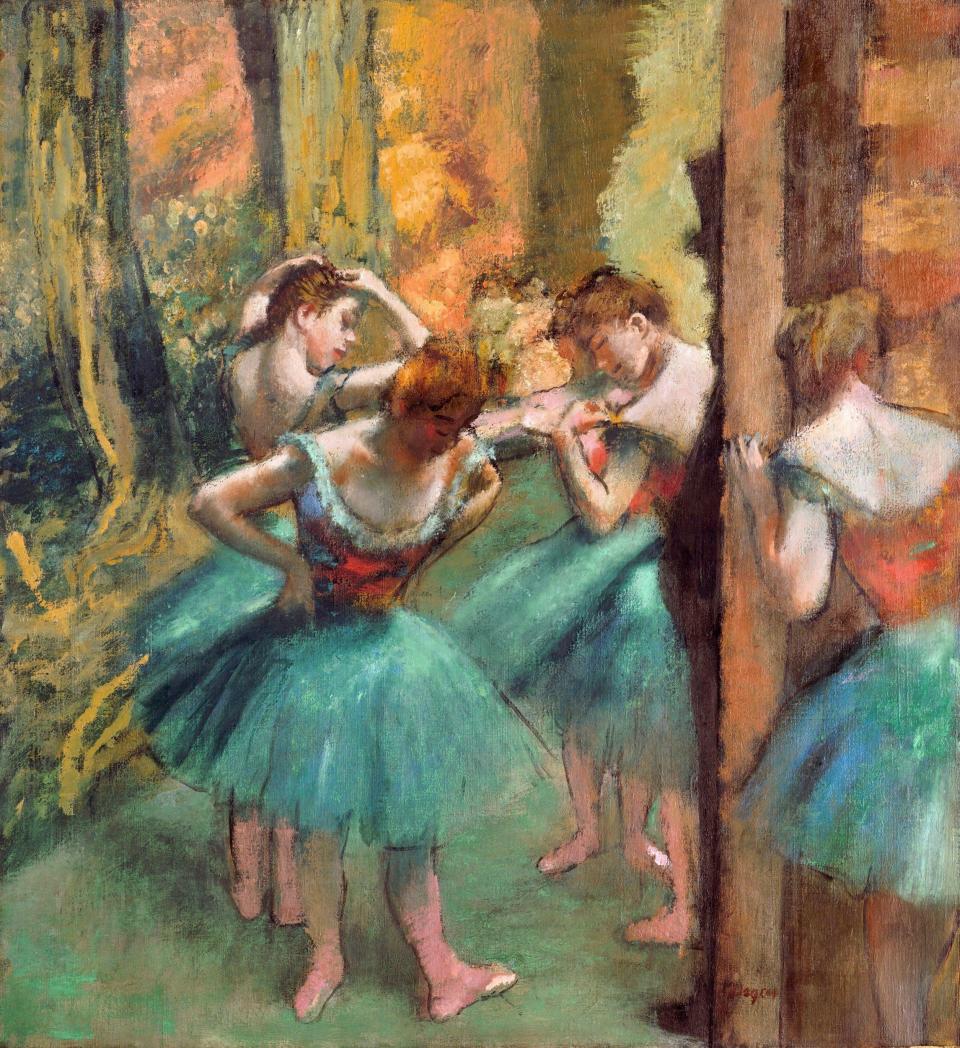
During Degas’s time, the Paris Opera was a center of pre-adolescent prostitution. Wealthy subscribers, known as abonnés, purchased the right to mingle with dancers backstage and linger in the wings during live performances. Opened in 1875, the architecture of the Palais Garnier was designed to accommodate encounters between dancers and their sponsors: the ornate foyer de la danse served as both a rehearsal studio and a setting for meetings.
Historian Robert Herbert once said, “The backstage of the opera was the real fiefdom of rich men who treated ballet dancers as a kind of playing preserve.” The three boxes with the best view of the stage were reserved for the emperor, who “never hesitated to use his perch to discover beautiful women.” Young dancers trained in seduction and ballet were thought to make excellent mistresses. “Be charming, be sensual,” 19th-century ballet master Auguste Vestris advised his students. “The lodge, orchestra and seat owners must want to carry you to bed.”
This system was so ingrained that it was written into a city guide as an attraction. “If only you were a financier, a yellow-gloved investor, a stockbroker… if only you were like a dancer’s uncle or her guardian… then the portals [to the Opera’s backstage world] Eugène Chapus wrote in Le Sport à Paris.
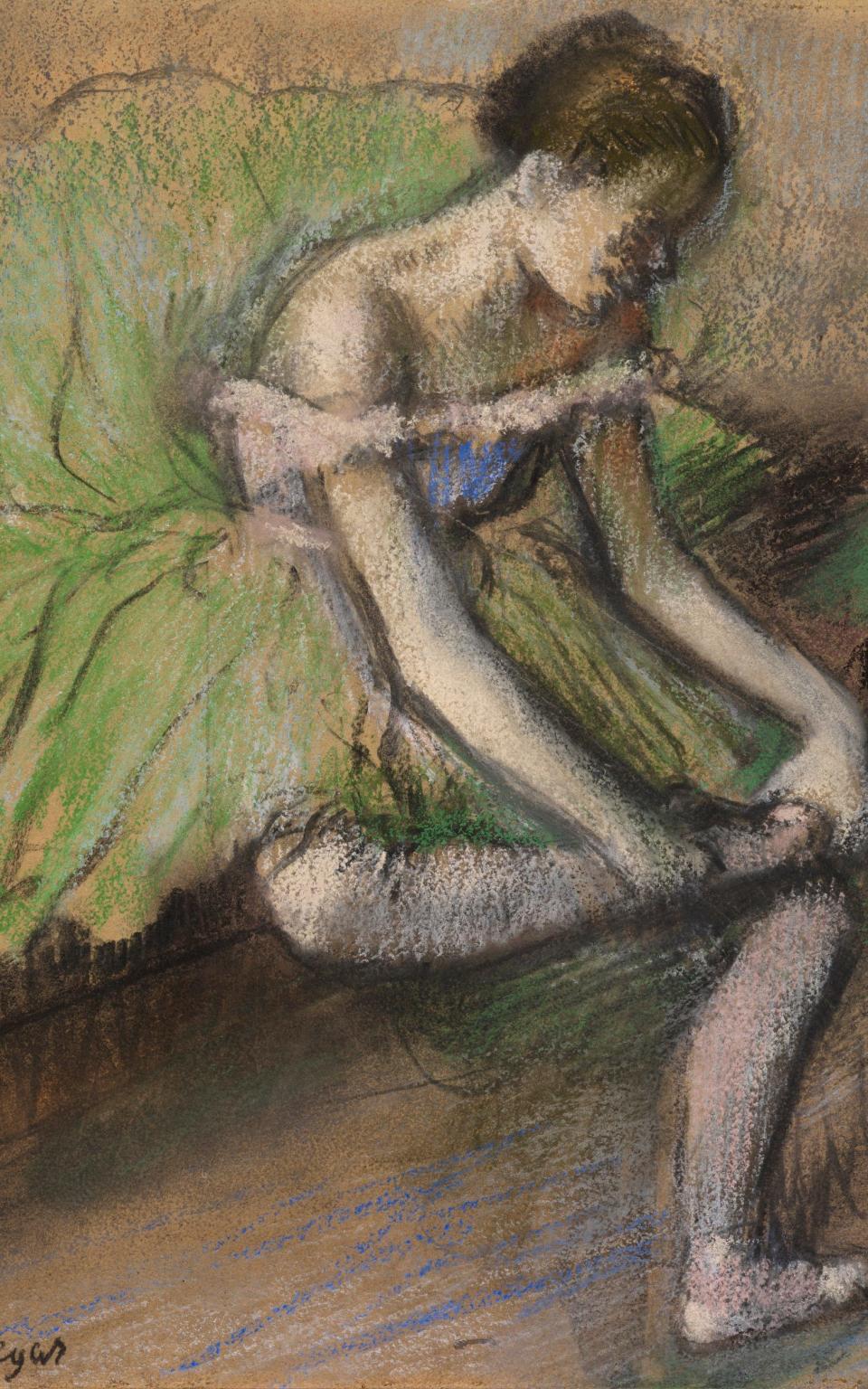

By Degas’s time, the hem of the tunic, once a modest, calf-length garment, was getting shorter. The dancers of 19th-century Paris were appreciated less for their artistry than for the electrifying display of their exposed legs and arms: a rarity outside of the demimonde. Some ballets were full-length entertainments, but dancers more often performed in short entertainments embedded in operas. These intermediate sections are generally in II. It would be postponed until Curtain; This would give the abonnés and their ballerina dates time to finish dinner. (When Richard Wagner broke with this tradition by daring to include a ballet in the first act of Tannhäuser (1845), outraged members of the Jockey Club expressed their disapproval.)
There is a cruelty to Degas’ depiction of the ballet world. In his paintings, women could only be mothers and dancers; men were authority figures and wealthy patrons, never peers.
The young dancers who came to Degas’s studio were often young girls from the Paris Opera Ballet School, known derisively as the little mice; They were nicknamed by the French poet Théophile Gautier, who wrote about their “gnawing and destructive tendencies”. Trainee dancers could be selected based on both their appearance and talent, and often came from desperate families. Enrollment records from 1850 show that about half of the students had no known father; mothers worked as low-paid laundresses or doormen and welcomed extra income. Instead of protecting their daughters, most mothers encouraged them to flirt with potential bosses; In Degas’s paintings, mothers often appear as darkly dressed and menacing as the lustful male spectators.
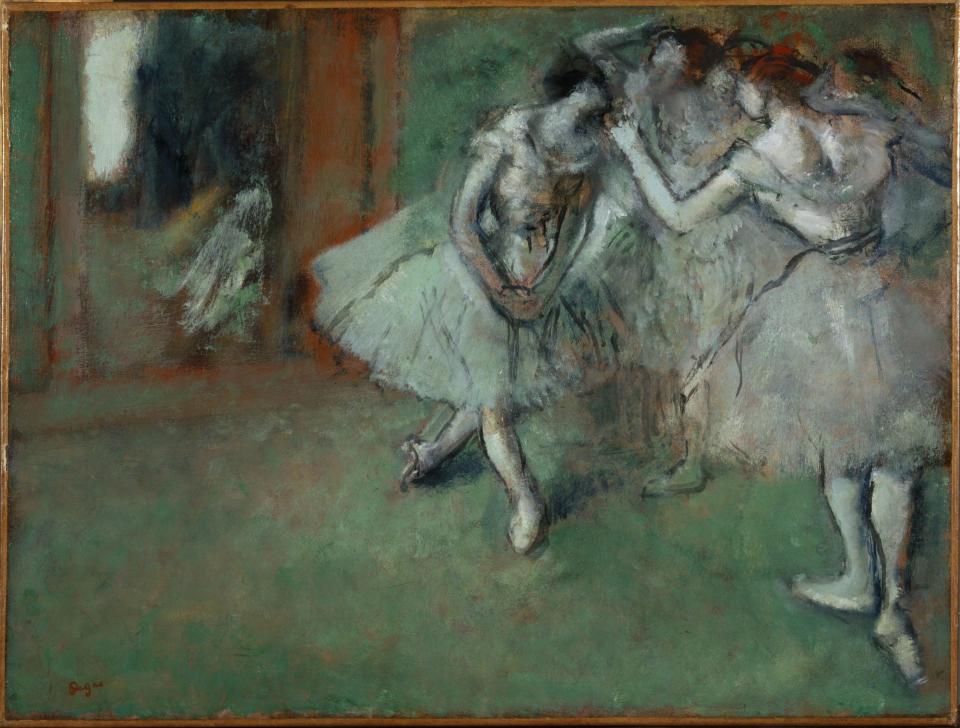

However, when viewed from another perspective, there is nobility in Degas’ depiction. He sometimes painted étoiles, but more often he recruited anonymous students to pose in his studio, elevating them to leading roles in his art. Degas scholars Richard Kendall and Jill Devonyar write in Degas and the Ballet: Painting Movement: “Degas seems to have taken great pleasure in foregrounding the trainee dancer in a way that would not have been to his liking at this date.” He sometimes included their names in his first ballet works. For example, in the 1880 charcoal sketch depicting a dancer with her leg raised in the second stroke, the young model’s name “Melina” is included as well as Degas’ own signature.
But women’s faces are just as often blurred, especially in his later works. The focus shifted from individual dancers and their identities to the hum of movement and light, twirling grips, sweating legs.
Perhaps Degas noticed something familiar in the dancers’ strict discipline. Describing his own approach to work, the artist said, “It is essential to repeat the same subject again, ten times, a hundred times.” Like a Paris Opera intern repeating her endless folds and tendons, Degas would paint the same model over and over again, in small variations of the same pose.
And like dancers, he could be brutally harsh in his own assessment of his art. He once told a friend that he wished he could buy back and destroy all of his old work. As I read this anecdote, I was reminded of Susan Sontag’s observation from 1987: “No type of performing artist is as self-critical as a dancer.” Ballet dancers, trained to constantly monitor the mirror for imperfections, are notorious perfectionists and are almost never satisfied with their performances.
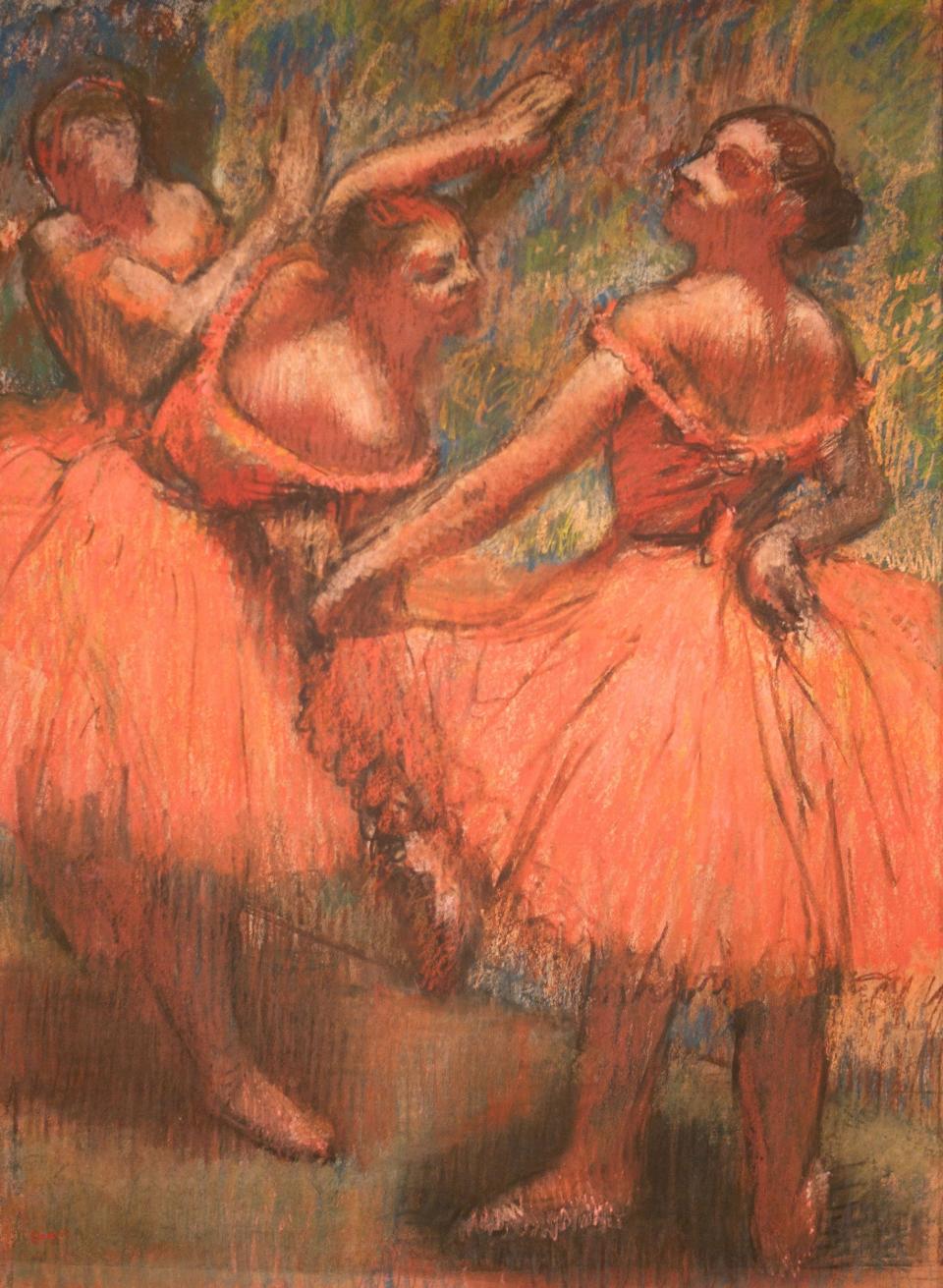

In today’s ballet world, sexual abuse is not as blatant as it was in 19th-century France; social norms have changed. Companies no longer sell access to dancers’ dressing rooms or allow men to wander backstage during performances. Classroom dynamics have also changed. Boarding training at London’s Royal Ballet School costs more than £30,000 a year and dancers’ salaries are relatively low; Ballet tends to attract children from wealthy families.
Ballet is a prestigious art form today; But the ballerina is still a sex symbol. Many dancers supplement their income by moonlighting as Instagram influencers or models. When I was studying ballet in the mid-2000s, I was told that I should bow my head in croisé devant “as if I were asking for a kiss.”
The costumes are more revealing than ever; In the mid-20th century, George Balanchine’s costume designer, Karinska, invented a tutu that was so short that it was almost vertical and exposed the entire lower part of the dancer’s body. Later, Balanchine eliminated the hold altogether and sent women on stage wearing tight leotards. Depriving dancers of even a layer of tulle further increased the pressure to maintain a perfect physique.
Although abuse is no longer crudely publicized in guidebooks, it is now kept more secret and a code of silence applies. Female dancers are trained to suppress their own urges to conform, to fulfill a choreographer’s vision. As in 19th-century France, passivity can be rewarded.
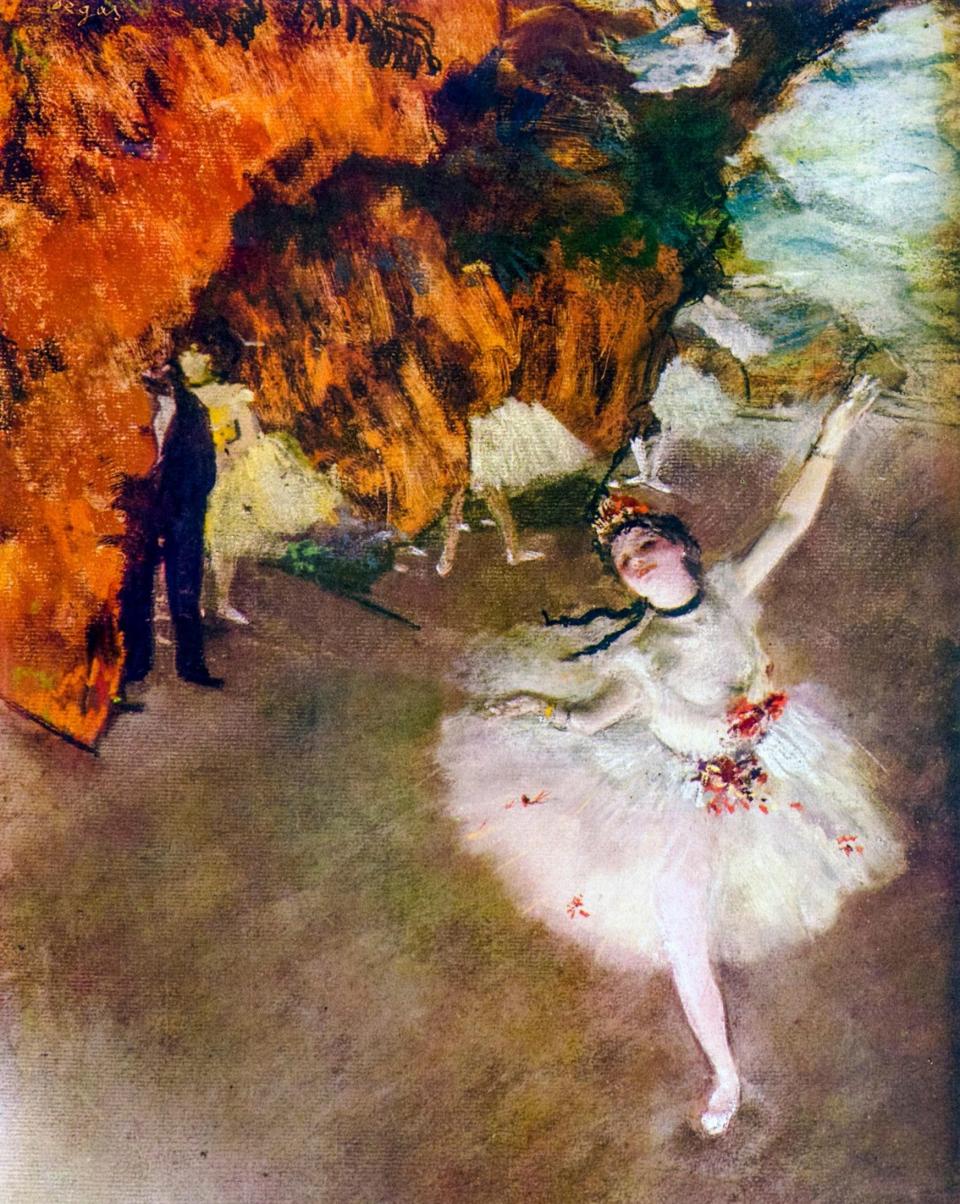

Even as ballet becomes professional, power imbalances remain. While girls and women still make up the majority of ballet students and corset dancers, men are overrepresented in positions of authority. As recently as the 2020-21 season, 69 percent of ballets programmed by America’s major companies were choreographed by men.
Competition for jobs is especially fierce among women, and few risk scandal. It is often whistleblowers and former dancers who dare to go public with accusations of abuse. In 2013, Russian former dancer Anastasia Volochkova compared the Bolshoi to a “giant brothel”, claiming ballerinas were forced to sleep with wealthy patrons; these claims were dismissed as “nonsense” by the company’s chief executive. Soon-to-retire New York City Ballet soloist Georgina Pazcoguin alleged in her 2021 memoir Swan Dive that her male colleague Amar Ramasar routinely pinched her nipples in class. (Ramasar denied the claim.)
Degas’ paintings continue to be beloved by dancers, from students who hang prints of The Dance Class (1874) on their bedroom walls to stars like Misty Copeland, who revived Degas’ The Star (1878) for Harper’s Bazaar. Perhaps they see something familiar in the danger on the sidelines and in the struggling faces of the girls: a sisterhood that has defied the centuries.
Discovering Degas is at the Burrell Collection, Glasgow, from Friday 30 September (burrellcollection.com); Alice Robb’s last book Thinking Dear: On Loving and Leaving Ballet (Oneworld, £10.99)